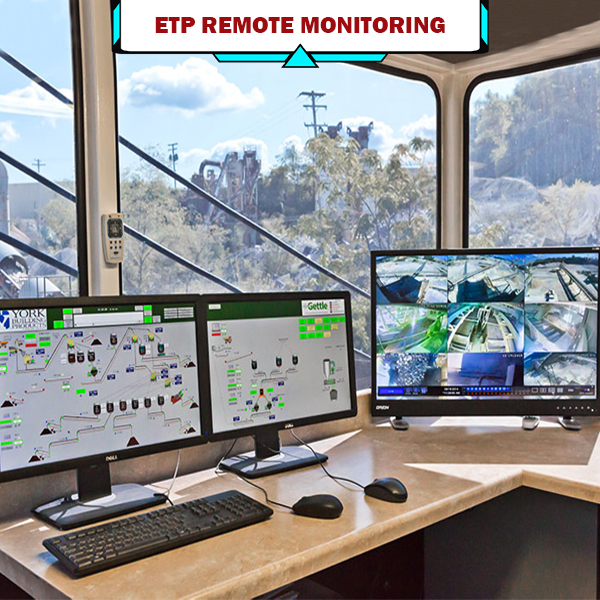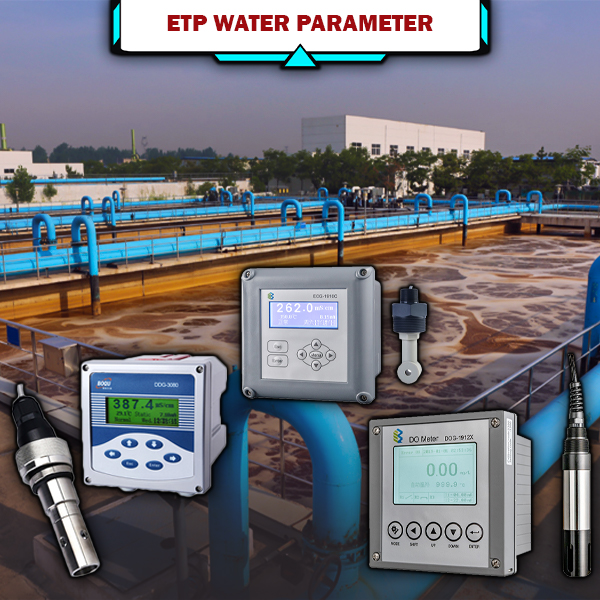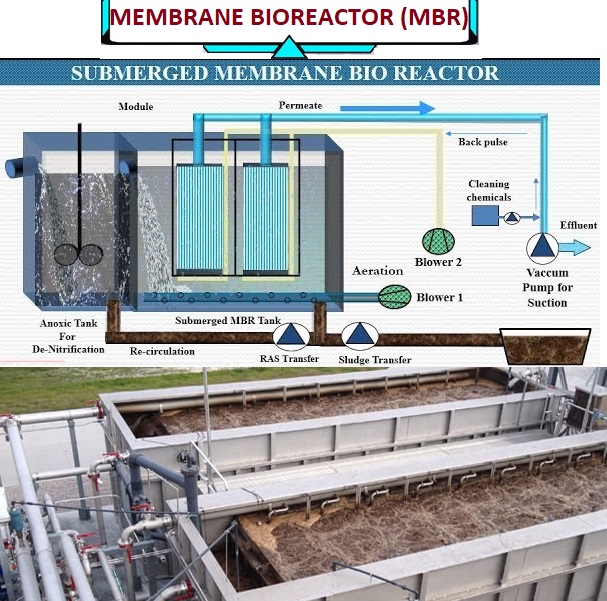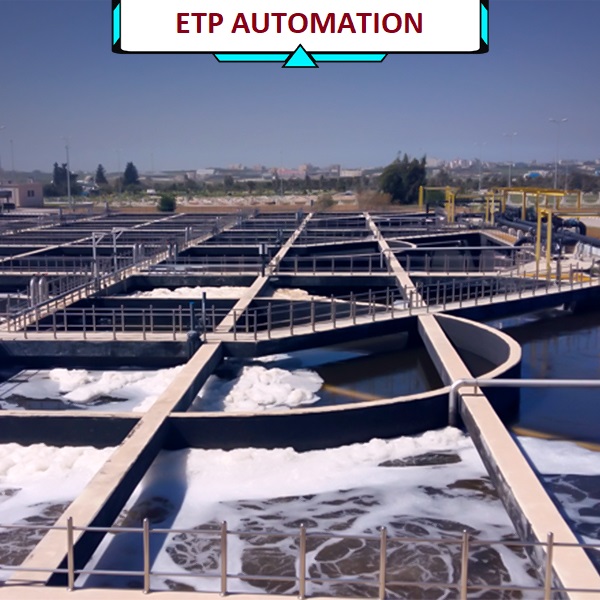ETP REMOTE MONITORING
Tech Lab Bangladesh Limited offers ETP (Effluent Treatment Plant) Report Monitoring services to assist industries in effectively managing and monitoring their wastewater treatment processes. Our expertise in ETP systems and data analysis allows us to provide comprehensive and accurate reporting on effluent quality, treatment performance, and compliance with environmental regulations. By availing our ETP Report Monitoring service, industries can gain valuable insights, make informed decisions, and ensure the efficiency and effectiveness of their wastewater treatment operations. Our ETP Report Monitoring service includes the following key features: Data Collection and Analysis: We collect relevant data from the ETP system, including influent and effluent parameters, operational data, and laboratory analysis results. Our team of experts performs in-depth data analysis to identify trends, patterns, and anomalies in the treatment process. We assess key performance indicators (KPIs) such as BOD (Biochemical Oxygen Demand), COD (Chemical Oxygen Demand), pH, suspended solids, nutrient levels, and other relevant parameters to evaluate treatment efficiency and compliance. Customized Reporting: Based on the collected data and analysis, we generate customized reports tailored to the specific needs and requirements of the industry. Our reports provide a comprehensive overview of the effluent quality, treatment performance, and compliance status. We present the data in a clear and concise manner, utilizing charts, graphs, and tables for easy interpretation and understanding. Performance Evaluation: Our ETP Report Monitoring service includes an evaluation of the ETP's performance against regulatory standards, permit limits, and industry best practices. We identify areas where the treatment process may be falling short, potential issues, and opportunities for improvement. Our team provides recommendations and strategies for optimizing the treatment process, achieving better effluent quality, and maintaining compliance. Regulatory Compliance: We ensure that the ETP reports generated through our monitoring service meet the requirements of regulatory authorities. Our experts stay updated with the latest environmental regulations and reporting guidelines to ensure accuracy and compliance. We assist industries in preparing and submitting the necessary reports and documentation to regulatory agencies, streamlining the compliance process. Trend Analysis and Proactive Measures: Through ongoing monitoring and analysis of ETP reports, we identify trends in effluent quality and treatment performance. We proactively detect deviations from expected parameters and provide early warnings for potential issues. Our team suggests corrective actions and preventive measures to address any identified trends or deviations, minimizing the risk of non-compliance and optimizing treatment efficiency. Continuous Improvement: We collaborate with industries to establish continuous improvement programs for their ETP operations. Our experts provide insights and recommendations based on the analysis of ETP reports to enhance process efficiency, reduce operational costs, and improve overall environmental performance. We support industries in implementing the suggested improvements, monitoring their effectiveness, and adjusting strategies as needed. By utilizing our ETP Report Monitoring service, industries can effectively monitor the performance of their ETP systems, ensure compliance with regulatory standards, and make data-driven decisions for process optimization and continuous improvement. It allows industries to maintain a robust and transparent approach to wastewater treatment and environmental management.
ETP (Effluent Treatment Plant) remote monitoring offers several advantages for industries in effectively managing and optimizing their wastewater treatment processes. Some of the key advantages of ETP remote monitoring are:
Real-Time Data Access: Remote monitoring enables industries to access real-time data from their ETP systems, regardless of their physical location. Operators and stakeholders can monitor critical parameters, operational status, and performance metrics in real-time, providing up-to-date information for decision-making and troubleshooting.
Enhanced Operational Efficiency: Remote monitoring allows for proactive monitoring and prompt identification of operational issues or deviations. Industries can quickly respond to alarms or abnormal conditions, reducing downtime, minimizing the risk of equipment failure, and optimizing overall operational efficiency.
Cost Savings: Remote monitoring eliminates the need for constant on-site presence, reducing labor costs associated with manual monitoring and data collection. It also enables remote diagnostics and troubleshooting, reducing the need for physical visits by technicians and minimizing travel expenses.
Improved Safety: ETP remote monitoring minimizes the need for personnel to be physically present in hazardous environments or near potentially harmful substances. Operators can monitor and control the ETP system from a safe location, reducing the risk of accidents, exposure to toxic substances, and ensuring operator safety.
Data Analysis and Insights: Remote monitoring systems collect and store extensive data on effluent quality, treatment performance, and operational parameters. This data can be analyzed over time to identify trends, patterns, and potential areas for optimization. Insights gained from data analysis can lead to process improvements, better decision-making, and enhanced efficiency.
Proactive Maintenance and Predictive Analytics: Remote monitoring systems can provide early warnings and predictive analytics to detect potential equipment failures or performance issues. By continuously monitoring the ETP system, industries can schedule preventive maintenance, plan for repairs, and avoid costly emergency situations. Predictive analytics can also optimize equipment utilization, minimize energy consumption, and prolong the lifespan of critical components.
Regulatory Compliance: ETP remote monitoring facilitates the collection of accurate and comprehensive data required for regulatory compliance. Industries can generate automated reports based on real-time data, ensuring timely and accurate submission to regulatory authorities. This reduces the risk of non-compliance, penalties, and legal issues associated with improper wastewater management.
Integration and Scalability: Remote monitoring systems can be integrated with other process control systems, such as SCADA (Supervisory Control and Data Acquisition) or PLC (Programmable Logic Controller) systems. This allows for centralized monitoring, data exchange, and seamless integration with other industrial automation systems. Remote monitoring systems can also be easily scaled and expanded as per the changing needs of the industry.
Flexibility and Accessibility: With remote monitoring, authorized personnel can access ETP data and control the system from anywhere, at any time. This flexibility allows for remote troubleshooting, collaboration among teams, and quick decision-making, even when stakeholders are located in different geographical locations.
Environmental Sustainability: ETP remote monitoring contributes to environmental sustainability by ensuring efficient treatment processes, minimizing resource wastage, and reducing the environmental impact of industrial wastewater. Remote monitoring helps industries meet regulatory requirements, maintain effluent quality, and uphold sustainable practices.
Overall, ETP remote monitoring offers numerous advantages, including real-time data access, enhanced operational efficiency, cost savings, improved safety, data analysis capabilities, proactive maintenance, regulatory compliance, integration potential, flexibility, and environmental sustainability. It empowers industries to optimize their wastewater treatment processes, make data-driven decisions, and achieve their environmental and operational goals.



